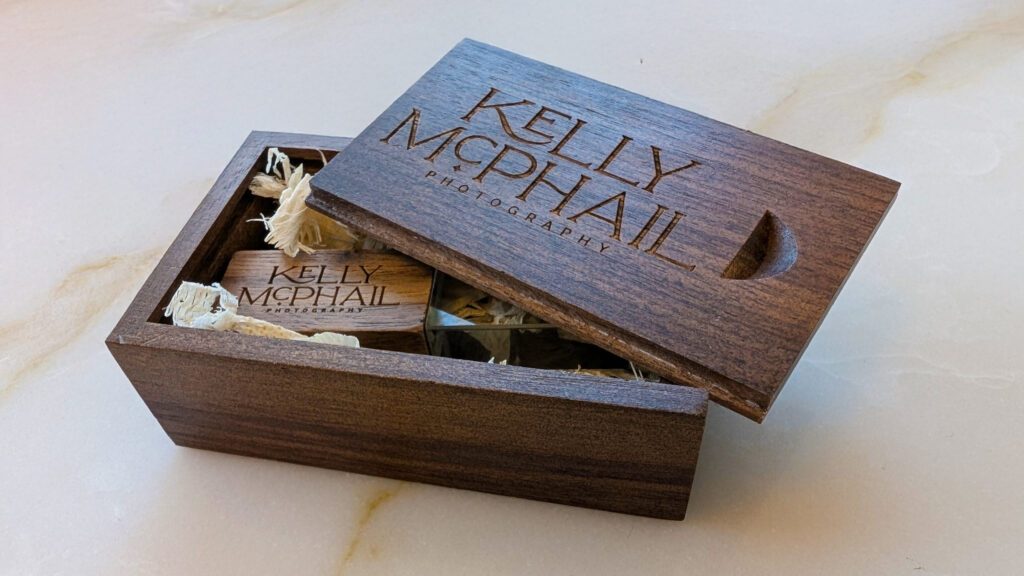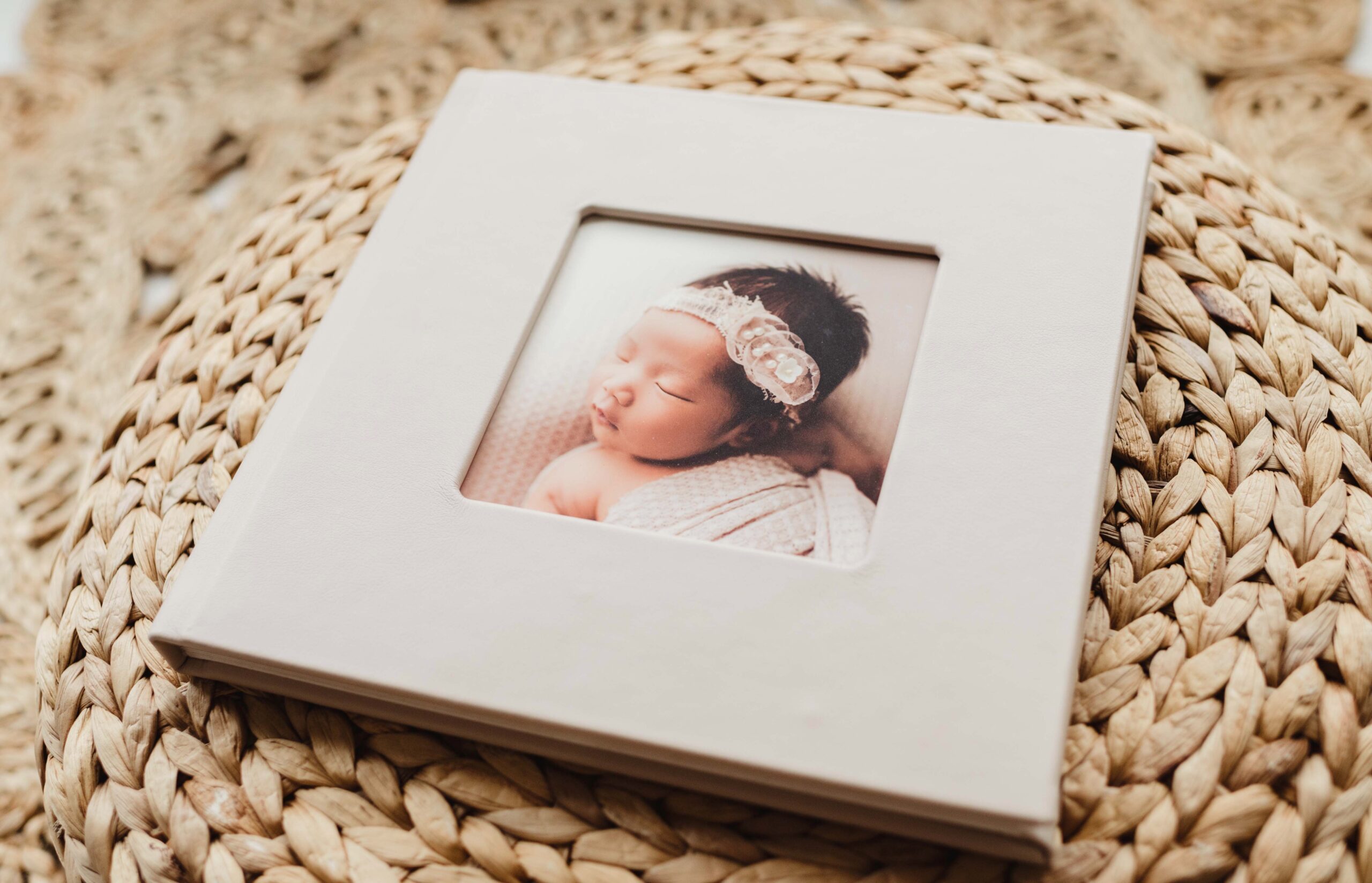Question. What would you grab in a fire?
A number of years ago right after we got married, my husband and I were jolted awake at 2 a.m. by the glow of flames outside our window. A neighbor’s shed was on fire, and we had seconds to react. In the rush to safety, we grabbed our laptops, my camera, and—accidentally—a stack of magazines instead of our important documents.
It was a close call, and thankfully everyone was safe. But amid the humor in saving a few Sports Illustrateds instead of passports, our marriage license, and Social Security cards, this has stuck with me: aside from our loved ones, what matters most in an emergency?
For us, one of the biggest things was our photos — the digital memories stored on our computers that told our story.
Photos are more than pixels. They’re windows to our past.
And when you invest in professional photography, those images become part of your family legacy. Which is why I want to make sure you know how to protect and preserve them so you have them forever!

Why Backing Up Digital Photos Matters
Every client who purchases digital images from me receives high-resolution .jpg files via an online gallery. These are heirloom-quality images meant to be enjoyed for generations.
But here’s the catch: too many people download their gallery once and leave it at that.
Hard drives crash. Phones get lost. Thumb drives go through the wash.
If you want to ensure your family photos stand the test of time, you need to know how to safely store digital photos. And luckily, it’s not that complicated and doesn’t take much time at all.
The 3-2-1 Backup Strategy (Made Simple)
This is the gold standard for digital file safety:
- 3 copies of each file
- 2 different types of storage
- 1 copy stored offsite
Here’s how to do it:
✉️ Step 1: Download Your Gallery Immediately
- Your online gallery is available for 90 days, so don’t wait!
- Download the full gallery to your computer and your phone if you’d like easy access on the go.
- File sizes range from 10-20MB per image.
💾 Step 2: Store a Copy on a Secondary Device
- Use an external hard drive or thumb drive (most of my collections include a thumb drive!).
- If buying your own, I recommend this reliable external SSD hard drive — it’s perfect for storing digital photos and adding to with each family session.
- If you’re storing backups at home, consider using a fireproof and waterproof safe like this large one we currently use for all kinds of important stuff or this smaller safe box which we used before. It adds a layer of physical protection that’s easy and affordable.
☁️ Step 3: Upload to a Cloud Storage Service
- Use a cloud platform like Google Drive, Dropbox, iCloud, or OneDrive.
- This acts as your offsite backup in case of theft, fire, or other loss.
- You may need to upgrade your plan for enough space, but it’s worth every penny for peace of mind.
Knowing how to safely store digital photos means you’re never dependent on just one device.
🚀 At the Very Minimum, Do This:
I know that the full backup process might feel like a lot right now, that’s okay. Start simple:
- Download your gallery to your computer.
- Upload your images to a cloud storage service like Google Drive or iCloud.
Easy! That alone gets you 2 copies on 2 different devices, with one offsite (the cloud). You’re already ahead of the game!
When you have time, go back and complete the full 3-2-1 backup for long-term peace of mind.

Extra Ways to Safeguard Your Photos
Here are a few more best practices to make your backups even more useful and future-proof:
- Set a yearly reminder to revisit your backups. This is a great time to check that everything is still accessible and add any new photo sessions from the past year.
- Rename and organize your files in clearly labeled folders (like “Smith Family Fall 2024” or “Baby’s First Year”) so it’s easy to find specific images later on.
- Don’t let your images live in a hidden folder on your computer—display them! Albums, canvases, and framed prints are beautiful ways to both preserve and enjoy your photographs every day. Plus, gifting a duplicate album or print to grandparents means your memories are safely stored and shared in more than one place.
Want even more protection? Try these:
- Share your images with family members for additional offsite backups.
- Upload select favorites to your private social media (even web-size copies help).

A Final Note: Don’t Rely on Your Photographer for Backups
While I take great care in backing up client files, I regularly clear old sessions to make space for new work. I can’t guarantee I’ll have your images forever—but you can.
Knowing how to safely store digital photos is one of the simplest ways to protect the memories you worked so hard to preserve.
So go ahead: take a few minutes, follow these steps, and sleep a little easier knowing your story is safe.
Want more tips like this? Sign up for my email newsletter or explore more photography advice on the blog✨




Hi,
In Step 2, where it says “If buying your own, I recommend this reliable external SSD hard drive”, clicking the highlighted words brings me to an Amazon link for a SentrySafe. Can you please repost the link for the hard drive? Thank you.
Thanks so much for the heads up! I’ve updated it to the correct link now!